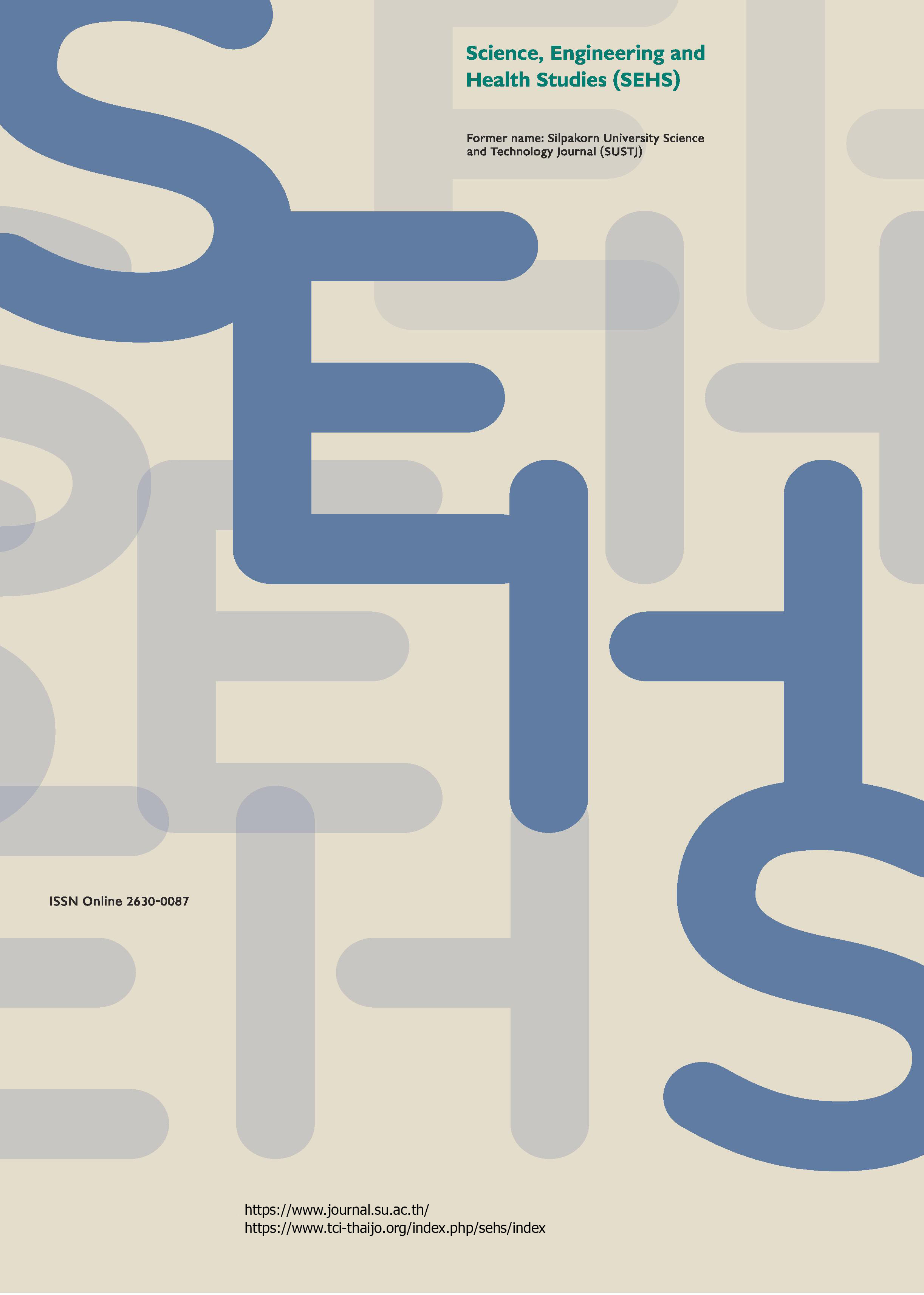Physiotherapy interventions for motion sickness: A systematic review
Main Article Content
Abstract
Motion sickness susceptibility depends on the sensitivity of each individual and the ability of the vestibular system to adapt to continued exposure to the stimulus affecting activities of daily living. For this systematic review, data were extracted from PubMed, Pedro, Cochrane, and Google Scholar from 2000 to 2021 publication dates using the following MESH terms: ‘motion sickness’, ‘exercise’, ‘physiotherapy’, and ‘physical therapy’. A total of 41,789 articles were identified from 2 databases, of which 41,767 were excluded, and 18 were saved for secondary screening. After a detailed review of these articles, 7 articles were selected, including RCTs, case studies, and experimental studies. Strong evidence was identified for 2 strategies used, including breathing techniques and vestibular adaptation exercises. Physiotherapy interventions play an important role for individuals with motion sickness by alleviating the symptoms.
Downloads
Article Details

This work is licensed under a Creative Commons Attribution-NonCommercial-NoDerivatives 4.0 International License.
References
Anuradha, P., and Mishra, G. (2010). Travel (motion) sickness: A review. Journal of Indian Association of Public Health Dentistry, 8(16), 39–43.
Bentley, J., and Fitzsimmons, L. (2023). Motion sickness: Causes, prevention and management. The Pharmaceutical Journal, 310(7971).
Brainard, A., and Gresham, C. (2014). Prevention and treatment of motion sickness. American Family Physician, 90(1), 41–46.
Castillo-Bustamante, M., Sommerfleck, P. A., Madrigal, J., and Cid, C. D., Bello, L., Aud, M. V., and Baez, M. (2022). Motion sickness in children: an update from its origins to nowadays a narrative review. International Journal for Research Trends and Innovation, 7(11), 782–787.
Cha, Y.-H, Golding, J. F., Keshavarz, B., Furman, J., Kim, J.-S., Lopez-Escamez, J. A, Magnusson, M., Yates, B. J., Lawson, B. D., Staab, J. A, and Bisdorff, A. (2021). Motion sickness diagnostic criteria: Consensus document of the Classification Committee of the Bárány Society. Journal of Vestibular Research, 31(5), 327–344.
Chen, L. H. (2009). Travel medicine. In Emerging Infectious Diseases (Keystone, J. S., Kozarsky, P. E., Freedman, D. O., Nothdurft, H. D., and Connor, B. A., Eds.), 2nd, Philadelphia: Elsevier.
Gaikwad, S. B., Johnson, E. G., Nelson, T. C., Ambode, O. I., Albalwi, A. A., Alharbi, A. A., and Daher, N. S. (2018). Effect of gaze stability exercises on chronic motion sensitivity: A randomized controlled trial. Journal of Neurologic Physical Therapy, 42(2), 72–79.
Green, P. (2016). Motion sickness and concerns for self-driving vehicles: A literature review Technical Report UMTRI–2016, University of Michigan Transportation Research Institute, USA, pp. 1–83.
Henriques, I. F., de Oliveira, D. W. D., Oliveira-Ferreira, F., and Andrade, P. M. O. (2014). Motion sickness prevalence in school children. European Journal of Pediatrics, 173(11), 1473–1482.
Koch, A., Cascorbi, I., Westhofen, M., Dafotakis, M., Klapa, S., and Kuhtz-Buschbeck, J. P. (2018). The neurophysiology and treatment of motion sickness. Deutsches Ärzteblatt International, 115(41), 687–996.
Krueger, W. W. O. (2011). Controlling motion sickness and spatial disorientation and enhancing vestibular rehabilitation with a user‐worn see‐through display. The Laryngoscope, 121(S2), S17–S35.
Lad, M., Mandade, N. S., Bhalerao, S., Babila, B. A., and Panchal, G. (2018). Effectiveness of visual vestibular habituation and controlled breathing for motion sickness. International Journal of Yoga, Physiotherapy and Physical Education, 3(5), 17–25.
Rawstron, J. A., Burley, C. D., and Elder, M. J. (2005). A systematic review of the applicability and efficacy of eye exercises. Journal of Paediatric Ophthalmology & Strabismus, 42(2), 82–88.
Rine, R. M., Schubert, M. C., and Balkany, T. J. (1999). Visual-vestibular habituation and balance training for motion sickness. Physical Therapy, 79(10), 949–957.
Russell, M. E. B., Hoffman, B., Stromberg, S., and Carlson, C. R. (2014). Use of controlled diaphragmatic breathing for the management of motion sickness in a virtual reality environment. Applied Psychophysiology and Biofeedback, 39(3–4), 269–277.
Singh, A., Kumar, S., and Meena, R. K. (2016). Role of vestibular adaptation exercises on motion sickness. Physiotherapy and Occupational Therapy Journal, 9(3), 95–101.
Stromberg, S. E., Russell, M. E., and Carlson, C. R. (2015). Diaphragmatic breathing and its effectiveness for the management of motion sickness. Aerospace Medicine and Human Performance, 86(5), 452–457.
Yates, B. J., Miller, A. D., and Lucot, J. B. (1998). Physiological basis and pharmacology of motion sickness: An update. Brain Research Bulletin, 47(5), 395–406.
Yen Pik Sang, F. D., Billar, J. P., Golding, J. F., and Gresty, M. A. (2003). Behavioural methods of alleviating motion sickness: Effectiveness of controlled breathing and a music audiotape. Journal of Travel Medicine, 10(2), 108–111.
Zhang, L.-L., Wang, J.-Q., Qi, R.-R., Pan, L.-L., Li, M., and Cai, Y.-L. (2016). Motion sickness: Current knowledge and recent advance. CNS Neuroscience and Therapeutics, 22(1), 15–24.


